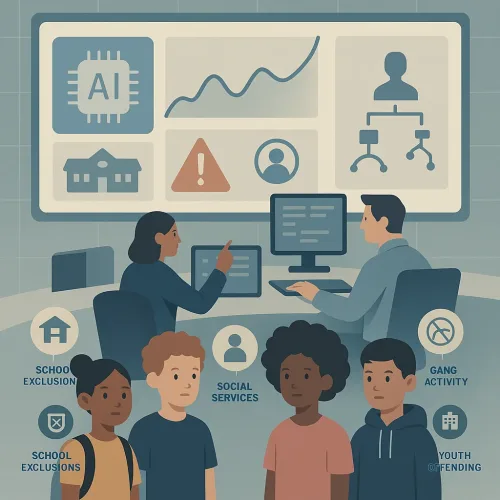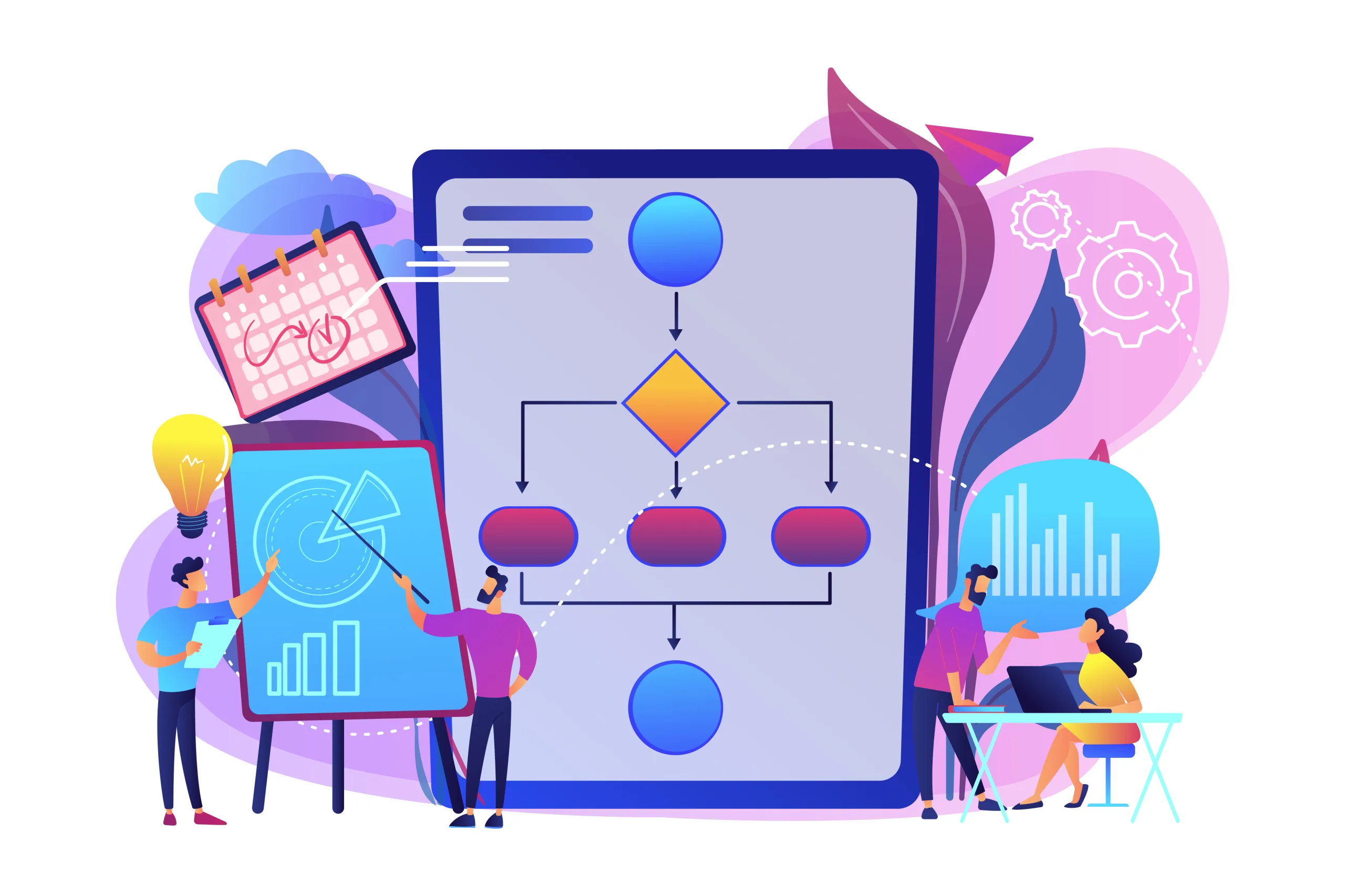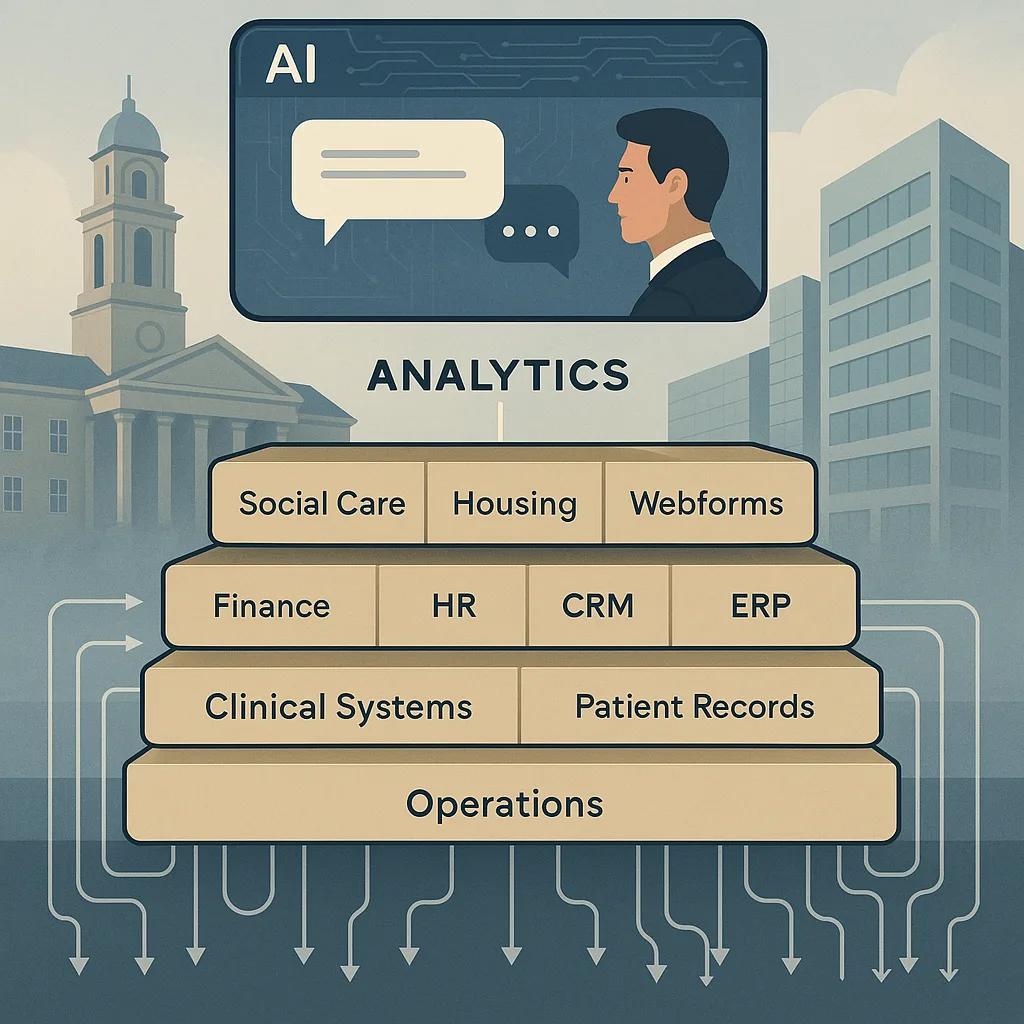
Serious youth violence is not inevitable. Too often, children and young people find themselves caught in cycles of violence and crime due to systemic failures—poor multi-agency coordination, fragmented information sharing, and missed early intervention opportunities. Councils, youth offending teams (YOTs), and safeguarding agencies face a complex challenge: how to identify and support at-risk children before they enter the criminal justice system while ensuring resources are targeted effectively.
At itelligent-i, we believe that data, analytics, and AI have the potential to transform the way children’s services and crime prevention strategies operate. By leveraging forecast modelling, automated risk assessment, and advanced analytics, councils can create a more joined-up and proactive system that protects vulnerable young people from harm.
Research on serious youth violence and children’s services consistently highlights poor multi-agency coordination as a major barrier to effective intervention. Agencies often fail to share information in a timely manner, leading to:
- Missed early intervention opportunities – Children displaying signs of vulnerability (such as school exclusion, social care involvement, or mental health challenges) are often not identified until they have already entered the youth justice system.
- Inconsistent case management – Young people experience multiple transitions between services, yet there is often no clear ownership of their journey, leading to disjointed and ineffective support.
- Data silos and incompatible IT systems – Different agencies use different platforms, making it difficult to create a full picture of a child’s circumstances.
The result? Many young people fall through the cracks, entering a spiral of crime and violence when intervention could have changed their trajectory.

How Data, Analytics, and AI Can Help
1. Forecasting Risk and Targeting Early Intervention
AI-driven forecast analytics can help councils identify children most at risk of becoming involved in serious youth violence. By analysing a combination of:
- Education records (exclusions, attendance patterns)
- Social services engagement
- Youth offending data
- Community risk factors (poverty, gang-related activity in their area)
AI can provide early warning indicators and flag children in need of additional support before they enter the criminal justice system.
This allows councils to target interventions more effectively, ensuring the right support is delivered to the right young people at the right time.
2. Improving Multi-Agency Collaboration with Smart Case Management
Many case reviews have found that practitioners fail to attend key multi-agency meetings, record critical information, or refer cases to the right service. AI-driven case management systems can help:
- Automate case tracking across different agencies, ensuring accountability.
- Use natural language processing (NLP) to extract insights from case files, making it easier for professionals to assess risk.
- Standardise data-sharing protocols across agencies, overcoming the current fragmentation in IT systems.
A single, shared digital case file across local government, social services, and policing could ensure a joined-up response to safeguarding young people.

3. Enhancing Youth Support Services with AI-Powered Decision Support
AI can assist youth workers, social workers, and law enforcement officers in assessing risk and tailoring interventions. By analysing past case data and best-practice interventions, AI models can:
- Suggest personalised intervention plans for young people at risk.
- Flag gaps in support services (e.g., identifying a shortage of youth mental health provision in certain areas).
- Support trauma-informed approaches by identifying patterns of adverse childhood experiences that increase a young person’s vulnerability.
This ensures that decisions are data-driven, not guesswork, reducing the risk of misjudging a child’s needs.
4. Monitoring and Evaluating What Works
One of the biggest challenges in tackling youth crime is understanding what actually works. Many programmes are implemented without robust evaluation. Data and AI can change this.
- Real-time analytics dashboards can track youth crime trends and intervention success rates.
- Machine learning models can compare the effectiveness of different interventions, helping councils refine their strategies.
- AI can help answer critical policy questions: Does co-locating youth services with social services improve outcomes? Do mentoring programmes reduce gang affiliation?
By embedding continuous learning into children’s services, councils can spend resources more effectively and scale successful programmes.
Serious youth violence is a systemic issue that requires a whole-system approach. Data, analytics, and AI provide the missing link—helping councils, police, schools, and youth services work together seamlessly to protect young people.
At itelligent-i, we are working with local authorities to implement cutting-edge AI solutions that:
- Forecast and prevent youth crime
- Break down data silos between agencies
- Provide real-time insights for better decision-making
- Improve case management and coordination



